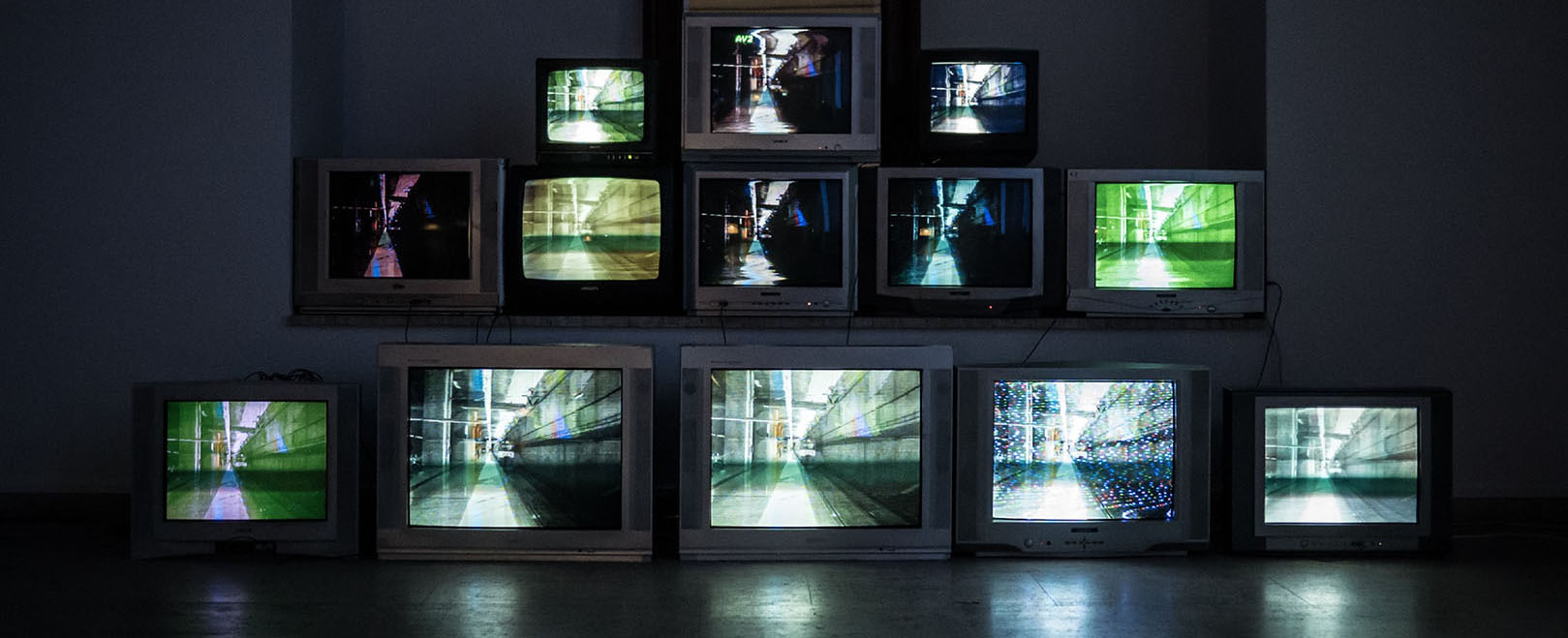Applicability of Smart TV for enterprise IPTV solutions
or why you shouldn't use retail TVs in enterprise solutions
These days can be called the heyday of Smart devices, although their concept is not brand new. The first Smart like solutions appeared in the 80s of the 20th century in Japan and allowed to display an analogue of teletext and electronic program guide (EPG) on TVs screen. Internet surfing was made possible in the middle of 90s in the United States by the WebTV Networks company.

Since then, technologies have gone far ahead, have been standardized and unified. But even without major technical problems, SmartTV options are limited by manufacturers.
In general, Smart TV is a technology that integrates interactive services into TVs and TV receivers. So a set of ordinary TV with an STB will already be a Smart TV. But this article is practical, so we’ll mean by a smart TV a single device that combines both image and sound output and all kinds of interactive functions. Literally, Smart TV is any TV that has the ability to connect to a network (Internet).
All Smart TVs are divided into 2 categories - professional and retail. Professional TVs are supplied for specific projects and it is difficult to find them on the regular market. Retail TVs you can see on the electronic stores shelves with a “Smart TV” sign. At the same time, these categories are often identical in hardware and use the same electronic components. But they have different software (and the features that it allows) and sometimes the price.
Retail TVs are designed for typical users, whose needs are similar. In any country, in a private house or apartment, in the kitchen or in the bedroom, the use cases are similar.
Therefore, retail devices can be offered to end customers with a minimal mark-up, but with a package of pre-installed third-party services.Or with the ability to install free applications from the App store. But for developers App publication will be paid or with advertising. There are many options.
It's different with professional TVs. For Digital Signage management, there must be full remote access to the TV. For hotel IPTV solutions the TV must have limited control, doesn’t violate the guest privacy and offers only this hotel services.
The use of professional and retail TVs are similar only in that they all should display images. In the rest they are different and it is impossible to modify a retail TV into a professional TV or vice versa.
This review is based on TV manufacturers and models that are common in the global market. Devices without these disadvantages can be found locally, but they are rare and do not affect the overall trend.
Let's consider an example - what problems hotel owners will face if they decide to install retail TVs at Hotel.
- Limited support for streaming technologies. In particular, the lack of multicast. Some Samsung TV models based on the Orsay OS (up to 2015) or LG based on NetCast (up to 2014) supported multicast. But modern TVs on Tizen (Samsung, WebOS (LG), Android TV (Sony, Philips, Xiaomi)) don't support it. It is possible to organize the streaming by unicast, but this will significantly increase the load on the bandwidth. Viewing HD channels even by 100 users will require more than 1 Gbps lane speed.
- Limited codec support. The retail TVs are designed for Internet services that use codec h.264 (MPEG-4). Most TV channels on satellite or at Internet Exchange Point (IXP) are already broadcast in h.264. But there are also audio codecs. And almost everywhere it is MPEG Layer-2 (mp2), which is often not supported. It needs to be transcoded to AAC, which requires additional devices.
- Let the first points not become a problem and the streaming to the network is organized. But retail TVs can only show a list of channels from the coaxial network. If you have an IP network, you will need to install an application from the App store of a particular brand. But first, you need to upload your own App to this App store. This can be difficult and time consuming. You can try to install the App in developer mode. To do this, you need proprietary software from the TV manufacturer. The program can only be installed in RAM and will disappear after shutdown.
- Even if you've found a way to install your App. When you turn on the TV, the start page and the manufacturer's interface will be loaded. You will need to find your App in the catalog, launch it, and only then your services will be available. This is not a solution for business.
- No remote control. You cannot limit the maximum volume at night. You cannot centrally change the channel on the TV in the lobby. A functional update may be installed and the system administrator will not even know about it.
For IPTV business, TV is an important tool. The wrong choice of the model may require their replacement or use additional devices. Or limit your services.
The above disadvantages make it almost impossible to use retail Smart TVs without STBs for enterprise solutions.
23.06.2021
to other articles